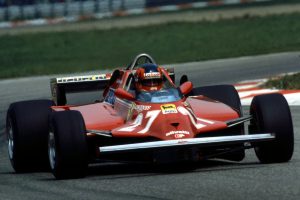Up Next

“We were lucky to live the best era of Formula 1,” said Fernando Alonso on the WTF1 podcast this week.
“The V10, all the manufacturers were there, Toyota, BMW, Honda, Ferrari, they were all in that moment with great sponsorship, with great races.”
Alonso was a rampant critic of modern F1 while struggling with McLaren-Honda, a stance he’s kept quieter since committing to returning to the championship with Alpine for 2021.
But after his demonstration run in his 2005 championship-winning Renault in Abu Dhabi last month he’s reiterated his belief that the mid-2000s were F1’s peak.
Is he right? We asked our writers…
V10 era’s peaks were brief
Mark Hughes
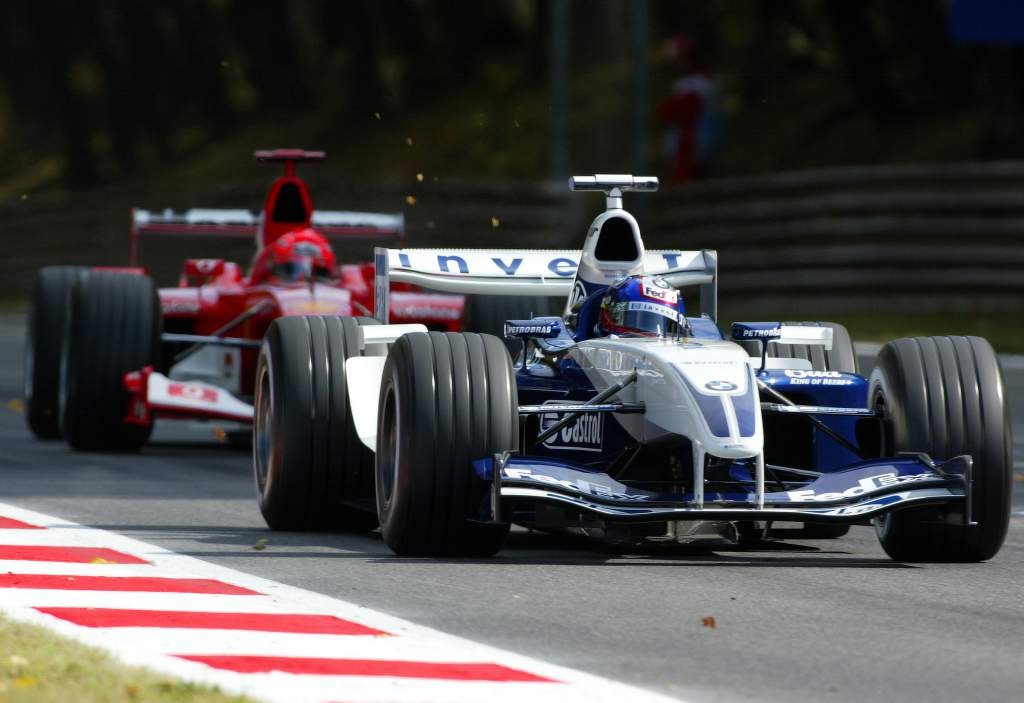
Yes, that time Alonso talks of was briefly great. But it was brief.
Actually, he’s pretty much talking of the last V10 season, 2005, when he and Renault engaged Kimi Raikkonen and McLaren-Mercedes in the fight for the championship.
But what about the total Ferrari domination before that? There were moments of greatness, yes.
Like when Michelin, Williams, BMW and Juan Pablo Montoya together took the battle to the Ferrari and Bridgestone. And there was the epic 2000 Michael Schumacher vs Mika Hakkinen season.
On the one hand, it was full-fat F1 without much restriction – mega revs, tyre war etc – but those things that we liked about it contributed to it being so one-sided.
Refuelling skews the picture
Glenn Freeman
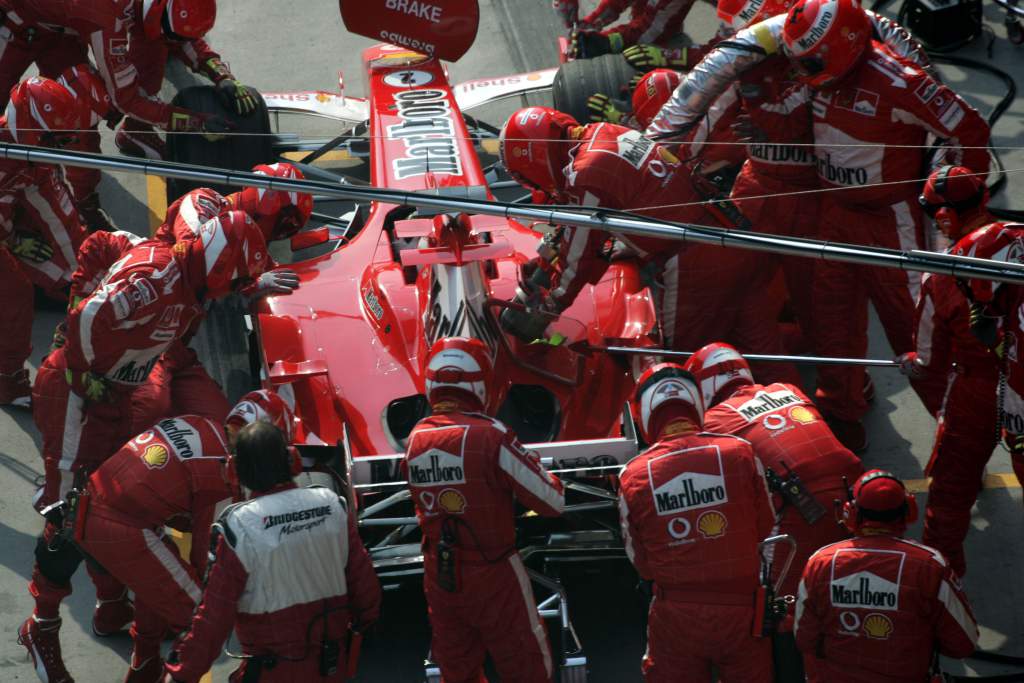
Of course this era of F1 was great. That’s why we launched a podcast series in celebration of it!
The cars looked and sounded incredible, but part of what made them so special was also a big flaw of this era: refuelling.
Stopping for fuel during the races meant drivers didn’t have to start with outrageously heavy cars, nor did they have to save fuel or manage tyre life. That’s why we hear so often that what made this era special was that drivers could be on the limit throughout a race.
But the increased number of stops and therefore strategy variation meant pitstops were too often the best way to overtake someone. Even before we had DRS, the number of on-track passes shot up from 2009 to 2010 just by getting rid of refuelling.
The cars were great. The racing too often wasn’t.
Driver skill’s been hidden for decades
Gary Anderson
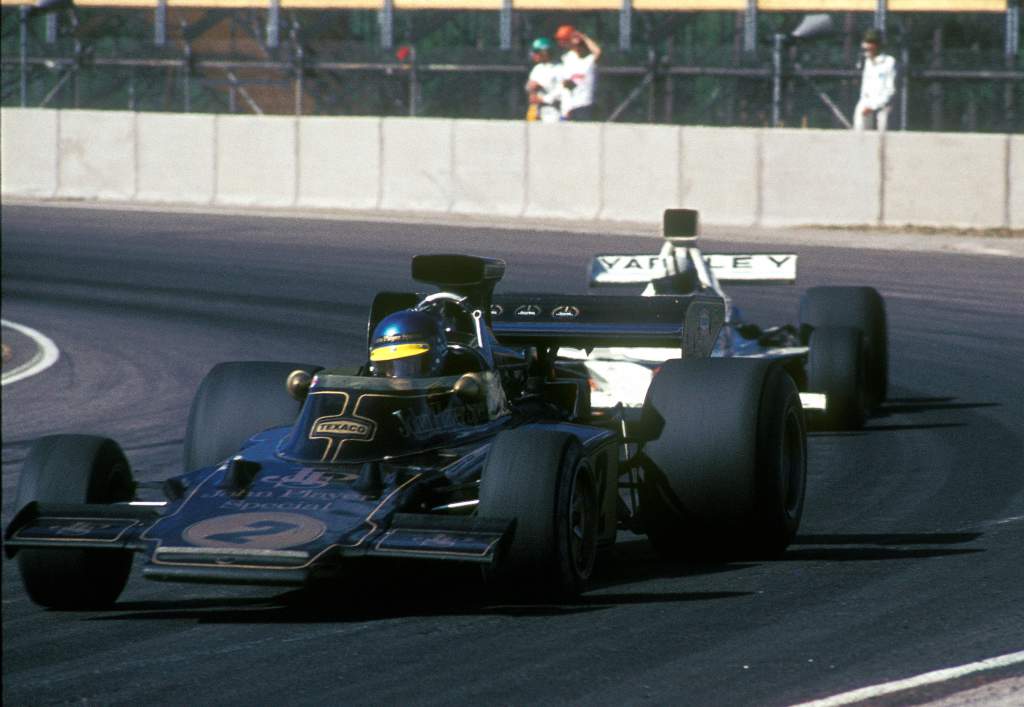
Within Alonso’s era in F1, he is probably correct in saying that the first decade of the 21st century was the best. However, some of us go back a lot further.
What I really miss is when the driver really was in control of a car that was moving around and you could visibly see the driver’s car control.
Give me Ronnie Peterson in the middle of a high-speed corner with the car sliding anytime.
I’m pretty sure this is what Kevin Magnussen was trying to say when he said that Formula 1 had lost its soul.
Yes, the current breed of car is simply a missile but they are point and squirt cars. They require massive commitment from the driver, but show nothing of the driver’s skills. Basically, you need to see the lap time to know who is actually quick.
From a driver’s point of view, nothing has changed – to be fast you need to be fast. From a spectator or viewer’s point of view, everything has changed. These current cars are on rails with no visual appreciation of speed.
If it was that good, why the gimmicks?
Edd Straw

Alonso is understandably talking as a driver and he may very well be right that the V10 era he spent the early years of his F1 career in was the best for those behind the wheel.
But it’s all a matter of perspective and while that era of cars was spectacular to watch – light, nimble and on the edge with drivers pushing consistently hard – there was usually precious little overtaking and no shortage of complaints from fans.
Taking Alonso’s five-year span in the V10 era and including his year out as Renault tester in 2002, the two seasons that stand out are 2003 and 2005 largely because they involved gripping championship battles.
But the 2004 season, for example, was one of F1’s most predictable campaigns. In that regard, this era is as dependent as any other era on how closely matched the frontrunners were and produced no lack of walkovers.
One indictment of that period is the fact that qualifying with fuel loads was introduced to add variety.
That was contrived, locked in strategies and meant that for too long we were denied drivers on low fuel extracting the absolute maximum from the car.
If the appeal of the fastest drivers showing their skills on maximum attack in the cars was enough, then why was a measure that meant the grid order didn’t necessarily reflect outright speed deemed necessary?
Every era has its strengths and weaknesses and there’s no real sweet spot where all was perfect. There’s plenty to enjoy and admire about the V10 era and the driving experience Alonso describes is an advantage compared to today. But it’s too easy to boil down seasons of hours of racing into a handful of highlights that focus only on the positives.
V10s were nothing compared to 1980s turbos
Sam Smith
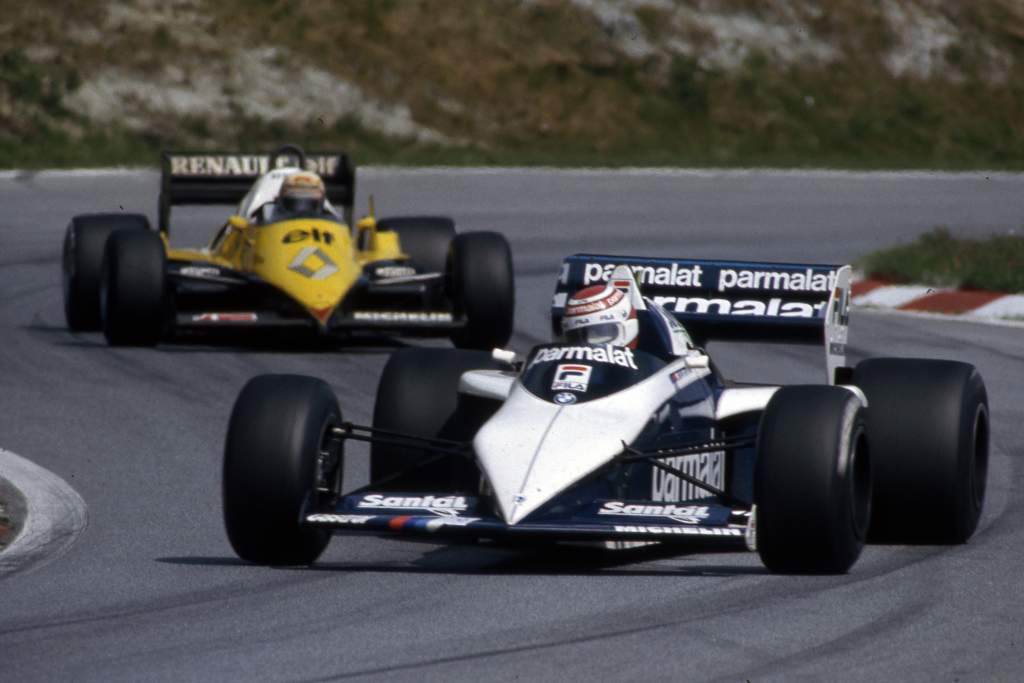
Actually, sorry Fernando, but unless I am very much mistaken, you are wrong!
As any self-respecting F1 fanatic knows, the height of the turbo era from around 1983 to 1988 is the true zenith of our wonderful sport.
Forget the familiar romantic tropes of just raw power and brawny drivers, the peak of turbo F1 allowed new to F1 manufacturers like TAG-Porsche, Renault and BMW to battle the old guard of manufacturers in Ferrari and Alfa Romeo.
It also had just the right mix of power to weight, power to vehicle dynamics, in fact power to everything to thrill drivers and fans alike.
The advent of composites had been unearthed by Steve Nichols and John Barnard via the aerospace industry a few years before and others soon followed.
But the fact aerodynamics was still also in relative infancy created a technically pioneering landscape that was a natural successor to the ‘Frankenstein era’ of 1970s creativity.
Take the eclectic 1983 grid for example; the sumptuous dart-like Brabham BT52, the roller-skate Ferrari, the bulbous Alfa Romeo 183T, the twin-rear winged Toleman TG183B and the god-awful Lotus 93T.
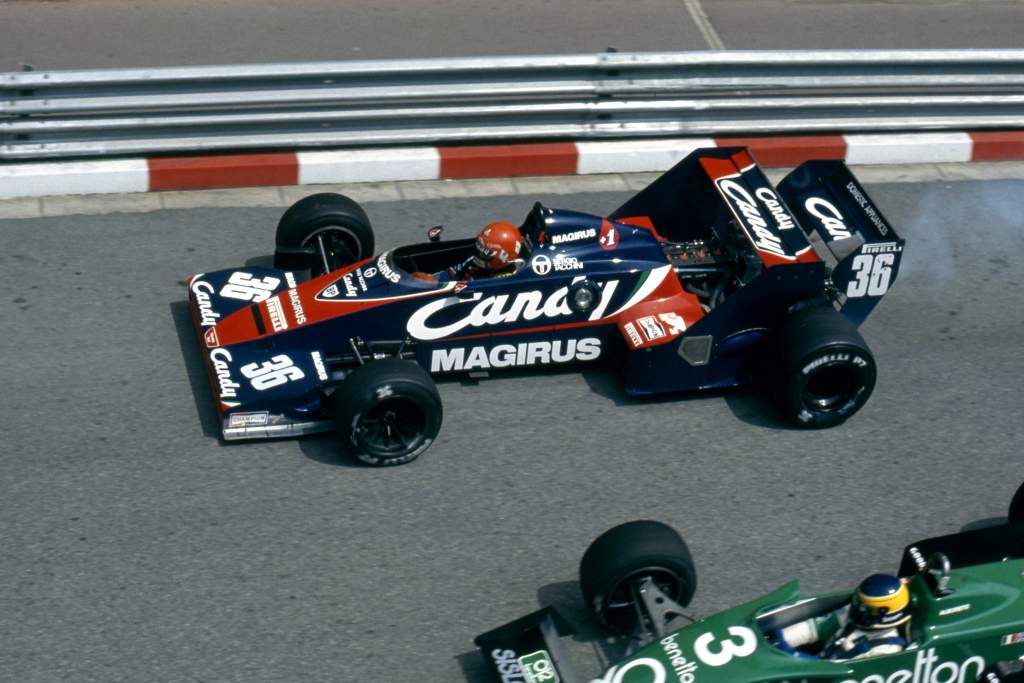
The aesthetic selection-box continued throughout the 1980s on a TV product which came alive as the mesmeric technicolour battles were consistently live for the first time with F1’s own Jack Lemmon and Walter Matthau pairing of Murray Walker and James Hunt.
For the drivers there was almost unlimited boost, chassis twisting power, tyre-chewing qualifying challenges and the ultimate test of brain and brawn over fuel usage in the races.
It brought the best from an equally diverse set of drivers from old school reflex artists; Keke Rosberg, Gilles Villeneuve and Nigel Mansell, and to the impressionist flair and poise of Alain Prost, Niki Lauda, Nelson Piquet, Ayrton Senna and Michele Alboreto.
Lob in some insane/terrifying tracks like the original Kyalami, Osterreichring, Brands Hatch, Zandvoort and you had the ultimate challenge at just the right time to allow a cast of assorted superstars the gift of racing expression.
Experiences define the perspective
Scott Mitchell
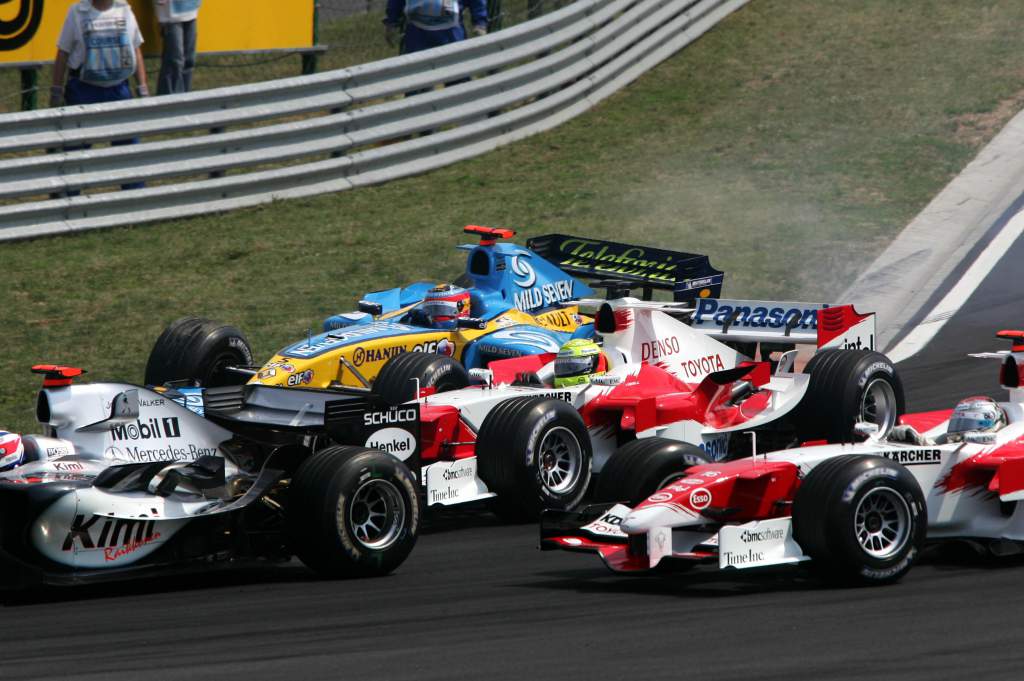
This is such a beautifully subjective topic. I wonder if the “soul” that Magnussen thinks Formula 1 has lost in recent years is exactly the sort of thing that Alonso is talking about.
I also wonder if it’s coincidence that someone who modern F1 wasn’t that kind to (Magnussen) yearns for a past era, and someone who had his biggest successes in a past era (Alonso) is not a real fan of modern F1.
The V10s were a spectacular and emotive era of F1 engine but every era of car has its pros and cons. They tend to be looked at through rose-tinted glasses, especially by those who lived them. It’s almost an automatic defence mechanism!
Alonso was a champion in 2005 and 2006 so it’s not really a surprise he believes it was the best era, although his second title came with V8 power.
But a driver who stopped racing in the 1990s might argue that by the mid-2000s F1 had become too predictable and refuelling was rubbish. Then a driver from the 1980s might chime in and say well, the 1990s were fine, but they lacked the brutality of the turbo years…
Who knows, maybe in a decade or so some drivers will be looking back on 2019 or 2020 with lament, about how brilliant the cars were, super-fast, aggressive looking, a level of technology and speed that was unrivalled?






